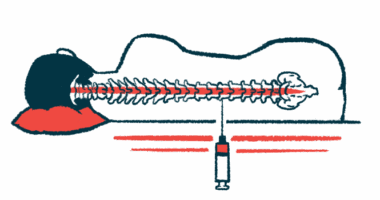Types of Spinal Muscular Atrophy
Overview
Spinal muscular atrophy (SMA) is a genetic disease characterized by the progressive loss of motor neurons, or nerve cells that control muscle movement. This loss causes muscle weakness and atrophy, among other symptoms.
There are several types of SMA, based on the affected gene and the patient’s age at disease onset and severity of symptoms. Knowing the type of SMA can help to predict the course of the disease and determine treatment options. However, each patient should be considered individually, as the progression and symptoms can vary within a given type.
SMA Type 0
SMA type 0 can also be referred to as prenatal SMA, as it affects a baby while still in the womb. This is the most severe form of the disease and is characterized by poor fetal movement, joint abnormalities, difficulty swallowing, and respiratory failure. It can be fatal before birth and is almost always fatal within the first year of life.
SMA Type 1
SMA type 1, also called infantile-onset SMA or Werdnig-Hoffmann disease, is the most common type of the disease. Symptoms may be present at birth or appear within the first few months of life. Infants with this type generally have hypotonia (weak muscle tone, especially in the arms and legs) and difficulty moving, eating, breathing, and swallowing. They are unable to raise their head or sit unaided. Cognition is not affected.
SMA Type 2
SMA type 2, also referred to as intermediate SMA, typically develops between 7 and 18 months of age. The earliest symptoms of this type are often developmental delays, such as difficulty in sitting independently or sitting without support. Muscle weakness is usually more apparent in the legs than the arms. Some children may have difficulty swallowing and may have an increased susceptibility to respiratory infections.
SMA Type 3
SMA type 3 can also be referred to as juvenile SMA or Kugelberg-Welander syndrome. The symptoms of SMA type 3 usually develop after the child has learned to walk unaided, but they can become noticeable at around a year old. This type can be further broken down into two subgroups based on age of onset: SMA type 3a, where symptoms begin before age 3; and SMA type 3b, where symptoms begin after age 3 and usually progress more slowly.
SMA Type 4
SMA type 4, also called adult-onset SMA, is usually diagnosed after the age of 35, although some people may have symptoms as early as their late teens. Symptoms of SMA type 4 include mild muscle weakness in the legs and hips that may progress to the arms and shoulders. Despite a set pattern of weakness, patients differ in the extent to which they are affected; most patients are usually able to walk, and only a small number of them will require wheelchair assistance.
Rare Forms of SMA
There are other kinds of SMA, which are caused by mutations in genes other than SMN1. These include X-linked infantile SMA, SMA with respiratory distress type 1 (SMARD1), SMA with lower extremity predominance (SMA-LED), SMA with progressive myoclonic epilepsy (SMA-PME), Finkel type SMA, and Kennedy’s disease.






